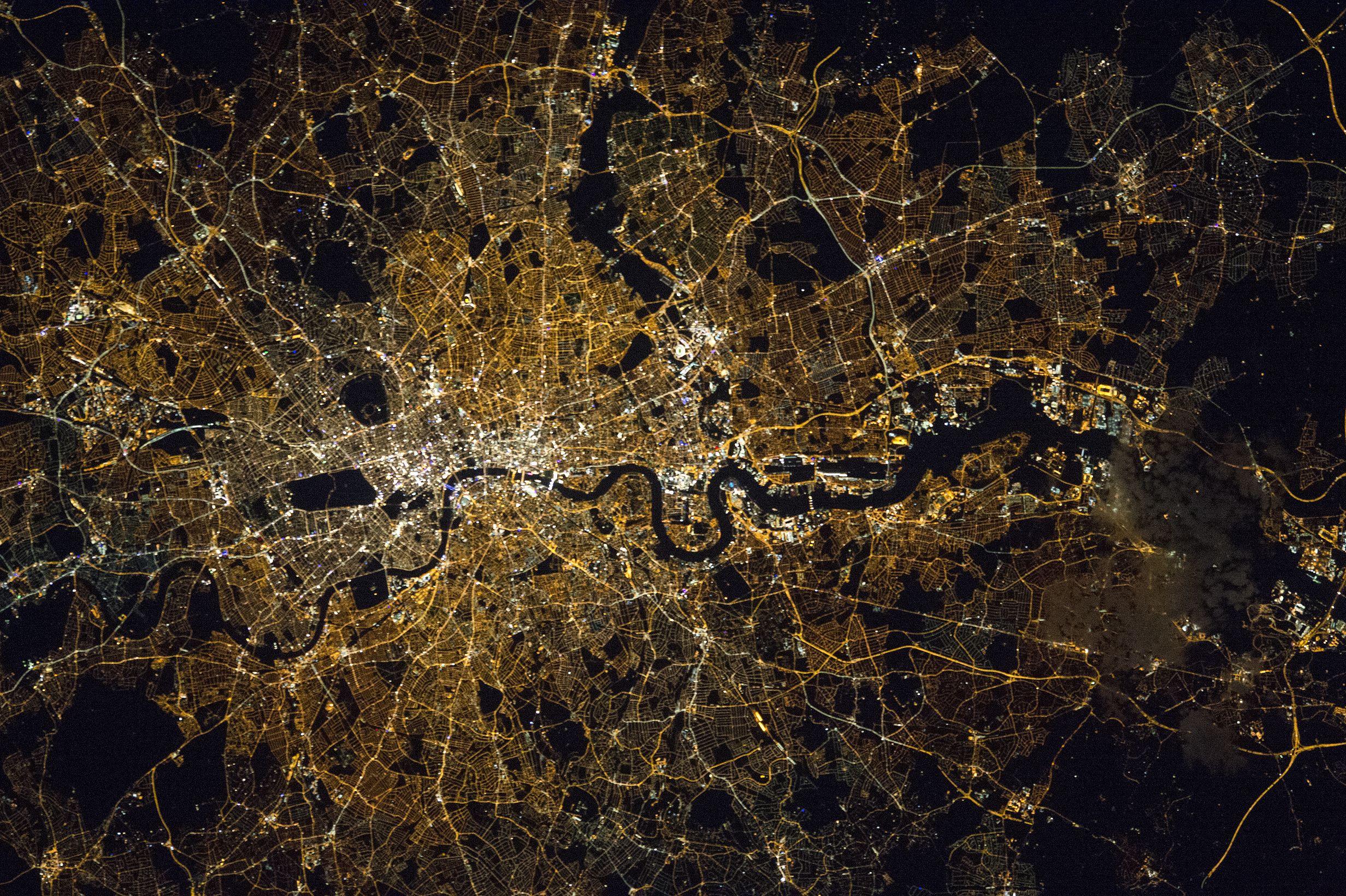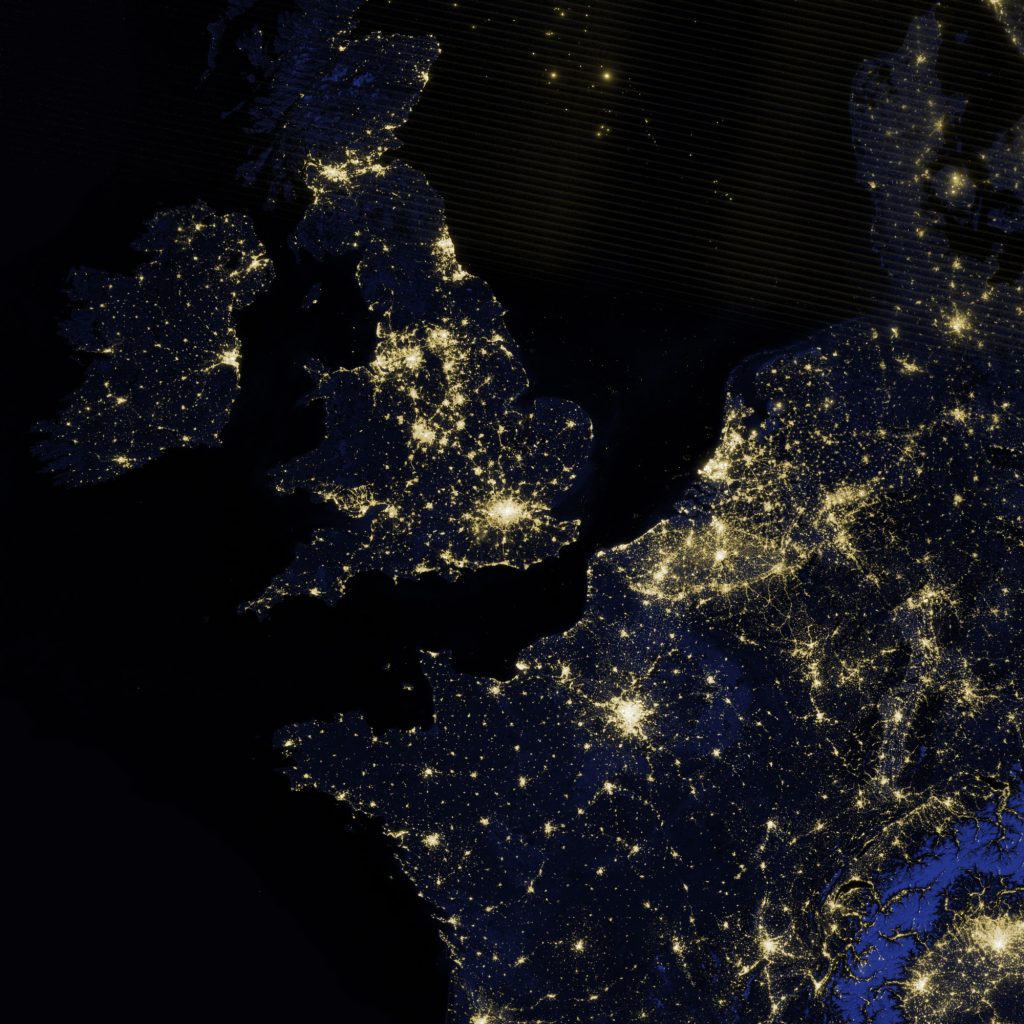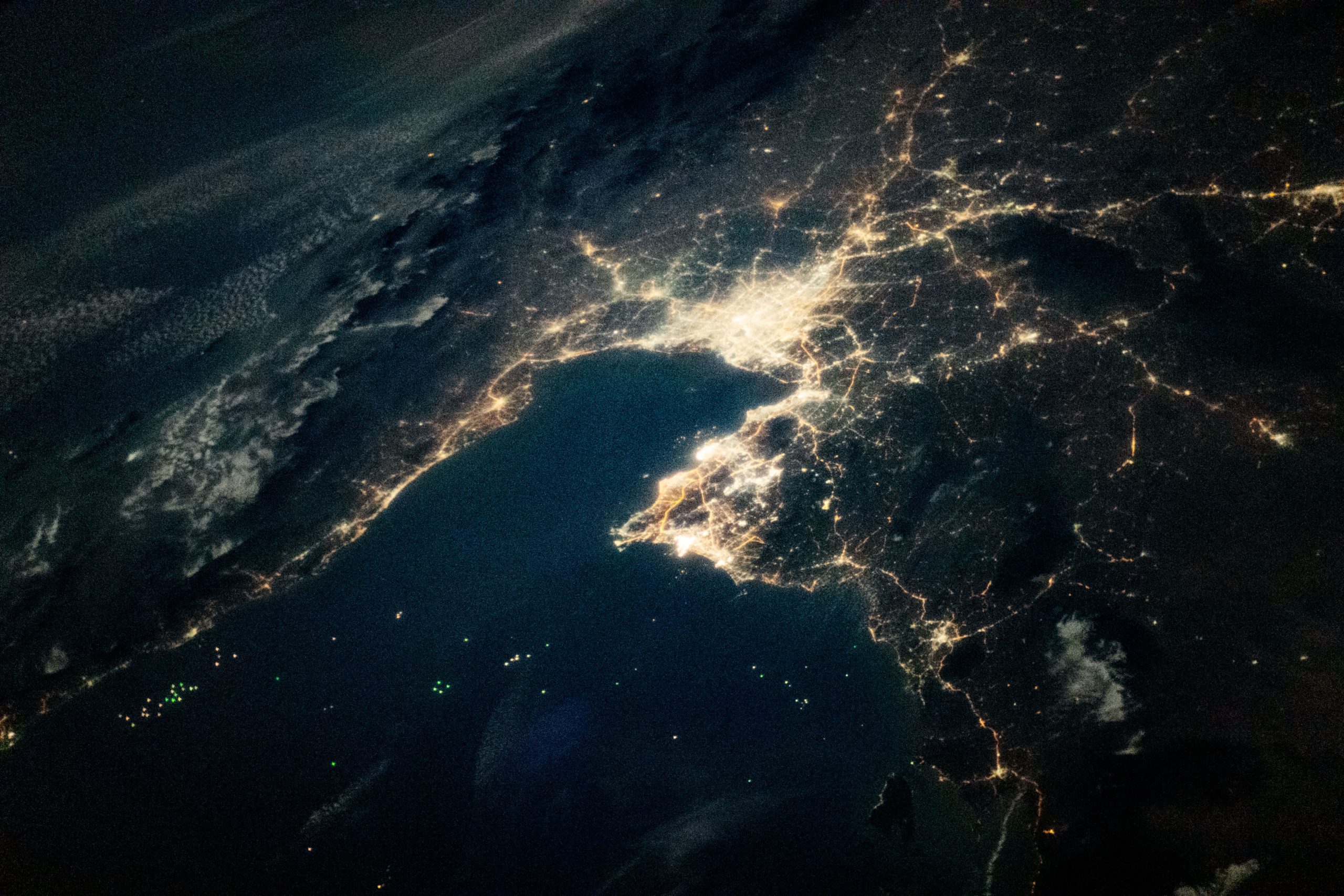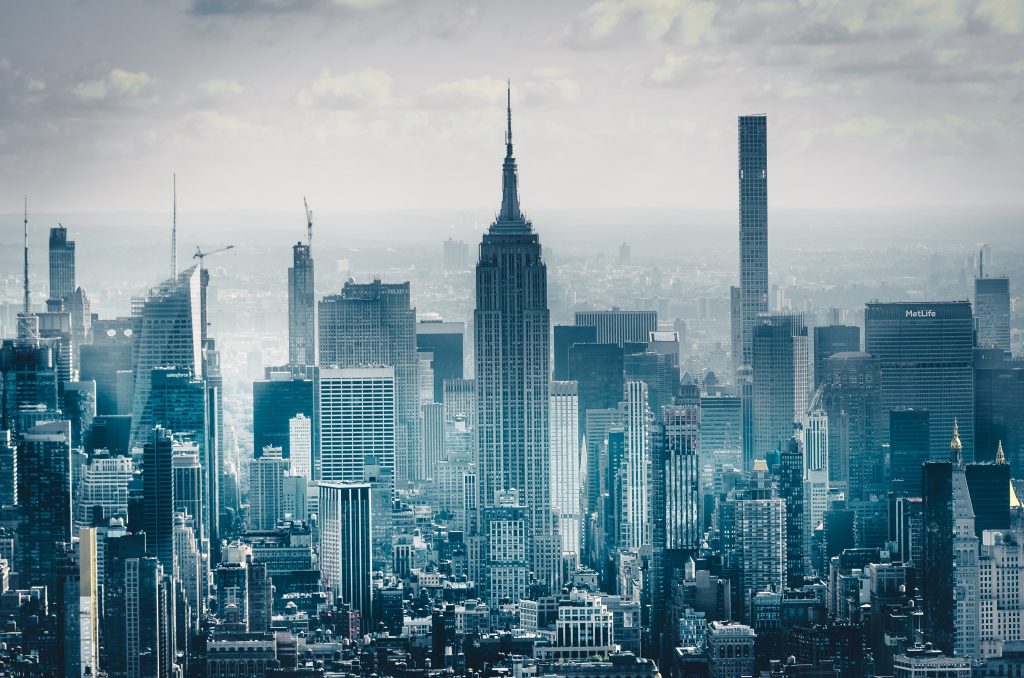Light Pollution: Dangerous – but Easy to Reduce

If you looked at the night sky a hundred years ago, there was a guarantee to see stars. Nowadays especially in cities, you will barely see anything. How did this happen?
Billboard
Skyscrapper
Halfpage
Light pollution impairs not only our view of the starry sky, but also affects our environment, our safety, and our health as well as that of wildlife. But how does the phenomenon work?
80 percent of the world’s population experiences skyglow
Light pollution comes from the inappropriate or excessive use of artificial lights. It can have serious environmental impacts for humans, wildlife, and the climate. Especially light coming from cities at night leads to excessive brightness, which causes visual discomfort and a brightening of the light sky. Additionally, something called “light trespass” can occur, meaning that light is falling where it is not intended or needed.
This kind of pollution is a side effect of industrialisation. Sources include exterior and interior lighting, advertising, commercial properties, offices, factories, sporting and events venues, and street lighting. Much outdoor lighting at night is inefficient and overly bright. It can be poorly targeted or improperly shielded, and often also unnecessary. This leads to a waste of electricity and to light spilling into the sky rather than focusing on objects to be illuminated.
Over lighting is an international concern. Everyone living in an urban or suburban area can see light pollution by looking up at the sky at night. According to the 2016 World Atlas of Artificial Night Sky Brightness, 80 percent of the population worldwide lives under skyglow. And in the US and in Europe, as much as 99 percent of the public cannot experience a natural night.
Medium Rectangle
Halfpage


Significant sky degradation even in small towns
For billions of years, light from the sun, moon and stars dominated life on earth. Artificial lights now overpower the darkness, causing cities to glow at nights. This disrupts the natural day-night pattern and shifts the balance of the environment. Importantly, light pollution also causes negative climate effects: It increases energy consumption, disrupts ecosystems and wild animals, and can harm human health.
The quantity of light pollution depends on the area and the brightness and number of its light sources, as well as on the fraction of light that escapes above the horizon. The reflectivity of surfaces near light sources, like walls or windows, and atmospheric conditions also impact skyglow. There are formulas that calculate skyglow levels as a function of population and distance from the observer: Levels of more than 10 percent above the natural light levels mean that significant sky degradation has begun. This can be the case even in small towns with a population of around 3,000 people, where observers as far aways as 10 km will still see the effects of the skyglow.
Medium Rectangle
Halfpage
Light pollution disrupts the human ecosystem
One key problem of light pollution is that it confuses the natural body rhythms of both humans and animals. Nocturnal night can interrupt sleep and meddle with the internal clock that guides activities and physiological processes in living organisms. Most important is the production of the hormone melatonin, which the body releases when it is dark. Less melatonin production due to increased light at night can result in sleep deprivation, fatigue, stress, anxiety, headaches, and other health problems. Blue light in particular reduces levels of melatonin. This light source comes from phones and computer devices, as well as LEDs that are present in homes, industrial lighting and street lighting.
Animals are endangered by light pollution too
Animals suffer from light pollution too. For example, migratory birds tend to fly by night and navigate with light from the stars and the moon. The glare of artificial lights disorients them. Sea turtles and bats also depend on natural light to navigate their movements. And city birds tend to wake up earlier in the day than birds in nature, singing hours earlier, which can disturb humans. At the same time, peregrine falcons and pigeons are benefiting from brightly lit cities. They choose them more often as a place to breed, which further imbalances the ecosystem. Similarly, caterpillars and other insects suffer from a slowed development in light-polluted areas. As a primary food source for birds and other animals, insects are key to the ecosystem. But since they are drawn to artificial lights and instantly die upon contact with light sources, they are becoming endangered in cities.

Reducing and directing light at home
Light pollution affects everyone. The good news is that, unlike many other forms of pollution, it is reversible. Everyone can contribute to having less polluted skies at night, starting with minimising the light coming from their own home. Properly shielding outdoor lights, keeping blinds drawn, and explaining the issue to others can be helpful in reducing light pollution.
Control of light pollution will help to conserve energy, thus contributing positively to climate change, and it also helps citizens save money. The more immediate problems that are excessive lights causing, like the visibility of stars or the ability of people to concentrate and sleep well, can also less light pollution mediate. Managing night lighting better will positively impact birds and other animals. Many cities have started a “Lights Out” programme where building lights are reduced during bird migration.
Well-designed light fixtures with modern controls help to direct the light downward and to use the minimum amount of wattage. The idea is to light only the necessary areas for safety and orientation. Trees should remain dark at night to not disturb nesting birds or bats. Floor lights and bollards, especially near reflective surfaces, are another potential danger for animals and multipliers of night pollution. And lastly, warmer light and warm white bulbs are better than cold lights.
Amsterdam has a night mayor who is dedicated to making nightlife safer and more inclusive.















